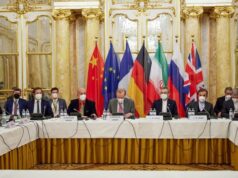Tibetan Independence : What Is China’s Argument On Tibet?

China is quite aware of the strength of the movement for Tibet’s freedom. Inside Tibet, it uses repression and violence against that movement. Outside of China, it uses propaganda.
These are the six key arguments in the Tibet sovereignty debate, which China keeps repeating on to justify its continued occupation of Tibet.
Read on to discover what China says versus the truth.
1. CHINA SAYS: TIBET IS PART OF CHINA
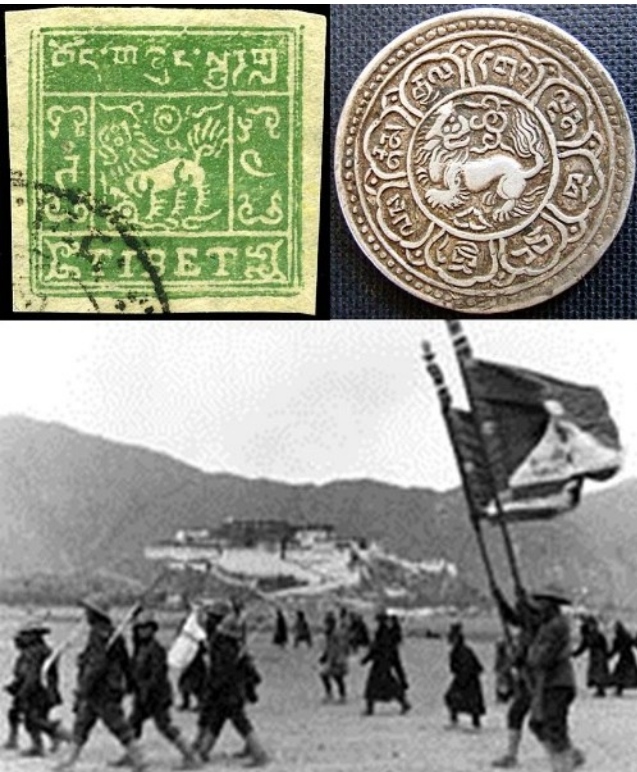
China’s argument:
Tibet was absorbed about 800 years ago during the Yuan Dynasty, becoming an inseparable part of China. It has not been a country since and no country has ever recognised Tibet as an independent state.
The facts:
It’s true that Tibet always maintained a unique culture, written and spoken language, religion and political system for centuries at par with India . Also like BHARAT or ARYAVART till not so distant past ,it has never been a nation-state in the modern sense of the word.
At times in its thousand of years of existence , Tibet has influenced and been influenced by various neighbouring powers in Kashmir , Ladhak , rest of India , Mongols , China and in recent past by even Britain .
However, the Chinese government’s claim that Tibet has been part of China for around 800 years isn’t supported by the facts.
Tibet was not ruled by the Chinese government prior to the 1950 invasion. In 1912, the 13th Dalai Lama – Tibet’s political and spiritual leader – issued a proclamation reaffirming Tibet’s independence as a modern nation .
The country maintained its own National Flag , currency, stamps, passports and army. It signed international treaties and maintained diplomatic relations with neighbouring countries.
From an International legal point of view Tibet remains an independent country under illegal occupation of China , a fact that China wishes it could whitewash from history.
2. CHINA SAYS: OLD TIBET WAS BACKWARDS AND NEEDED CHINA TO LIBERATE IT

China’s argument:
From 1950 to 1959 China liberated and democratically reformed Tibet, ending the old feudal serfdom where brutality was rife; a hell on earth with the backwards masses enslaved by landlords and priests. This culminated in Serf Emancipation Day in March 1959 when the Tibetan government was declared illegal.
The facts:
In 1950, the newly established Communist regime in China invaded Tibet, which was rich in natural resources and had a strategically important border with India. They ruthlessly slaughtered even peaceful resistance put up in their path .
With more than 40,000 Chinese troops in its country, the Tibetan government was forced to sign the “Seventeen Point Agreement” which recognised China’s rule in return for promises to protect Tibet’s political system and Tibetan Buddhism.
Far from welcoming the Chinese as liberators, Tibetans across the country continued to resist China’s armed forces and China responded with widespread brutality. The violation of Human Rights was worse than even the Nazis of Germany .
Resistance culminated on the 10th of March 1959, when 300,000 Tibetans surrounded the Potala Palace to offer the Dalai Lama protection. This date is commemorated as National Uprising Day by Tibetans and supporters.
In 1950, many states that are today stable democracies were unaware of the Tibetan plight and did not respond to the Tibetan cry for help , not even India . The 14th Dalai Lama was a teenager when his country was invaded and so had to escape or face Chinese prison and even death . In exile, he has won the Nobel Peace Prize and has entirely democratised the exiled Tibetan government. In contrast, the Chinese government continues to behave in a satanic manner .
China claims that its vision of a brutal past justifies its occupation. But Tibet under Chinese rule has experienced brutality on a massive scale – from the destruction of thousands of monasteries and the deaths more than one million Tibetans in Mao’s era, to torture, arbitrary arrests and the denial of fundamental freedoms today.
.
3. CHINA SAYS: TIBET ALREADY HAS AUTONOMY
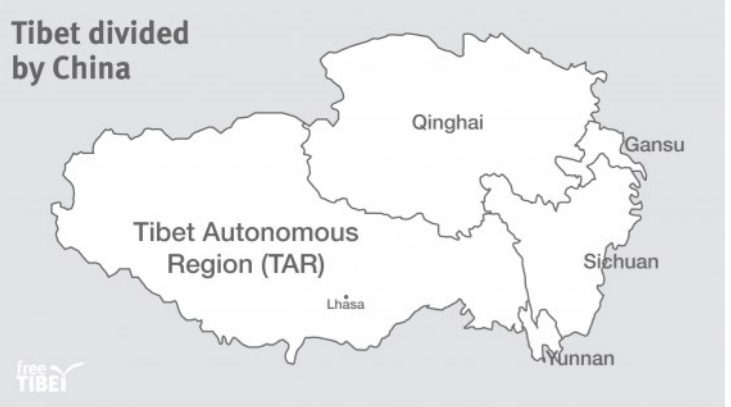
China’s argument:
Tibet already has autonomy as the Tibet Autonomous Region of the PRC. Tibetans are free to follow their traditions and Tibetan Buddhism is protected.
The facts:
This map shows historic Tibet – the Tibet Autonomous Region (TAR) is only part of this and millions of Tibetans live outside it.
The TAR has autonomy in name only. In reality, the most senior political position in the region, the TAR Communist Party Secretary, has never been occupied by a Tibetan and Beijing is in charge.
The official language is Chinese, with many Tibetan children losing their ability to speak and write Tibetan. Resistance to China’s rule – from singing to environmental protests – is met with repression and brutality .
As for the right to follow Tibetan Buddhism freely, monasteries are subject to monitoring and control by the Communist Party and monks and nuns are feared and often persecuted by the Chinese regime. Any Tibetan possessing an image of the Dalai Lama risks imprisonment.
4. CHINA SAYS: TIBETANS ARE PROSPEROUS AND HAPPY UNDER CHINA’S RULE
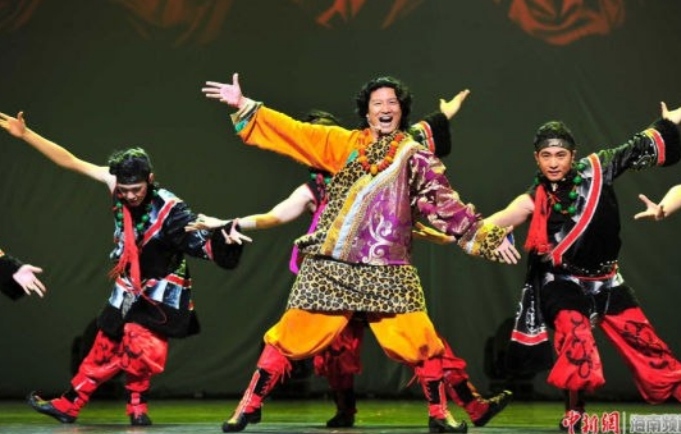
China’s argument:
Since China liberated Tibet it has seen glorious development: there’s almost zero poverty, disease and hunger; life expectancy has doubled; literacy has risen from 5% to 85% and former slaves have been given land. There has also been huge investment in infrastructure, jobs, housing, schools and hospitals.
The facts:
China’s propaganda images, like this one, are designed to show how happy Tibetans are. This couldn’t be further from the truth, with Tibetans have been left disadvantaged in their own country.
For example:
• Infrastructure projects enable the movement of China’s military, mass immigration of Chinese workers, Chinese tourism and access to Tibet’s rich resources. They enforce China’s control.
• Economic growth benefits Chinese businesses and workers, and the booming tourism industry aims to legitimise the Chinese government’s occupation.
• Millions of Tibetan nomads have been forced from their lands, ending their centuries-old way of life and leaving them dependent on the state as second class citizens in their own country.
• Education is primarily taught in Chinese, disadvantaging Tibetans who can only learn their mother tongue as a second language.
• The United Nations has repeatedly challenged China on human rights abuses in Tibet, including finding Tibet the worst area for child malnutrition in China.
• Since March 2011, more than 150 people have set themselves on fire inside Tibet in protest against China’s repression.
• From shouting “Tibet needs freedom” in the street to attending a mass protest, Tibetans resist China’s policies daily. Despite 70 years of occupation this resistance to China remains undiminished and widespread.
Tibet has seen economic progress, as have most countries in the last seventy years, but Tibetans have benefited less than Chinese immigrants. Economic progress has not deterred them from rejecting Chinese rule and the evidence shows that Tibetans are far from “happy” under China’s control.
5. CHINA SAYS: THE DALAI LAMA WANTS POWER, NOT PEACE
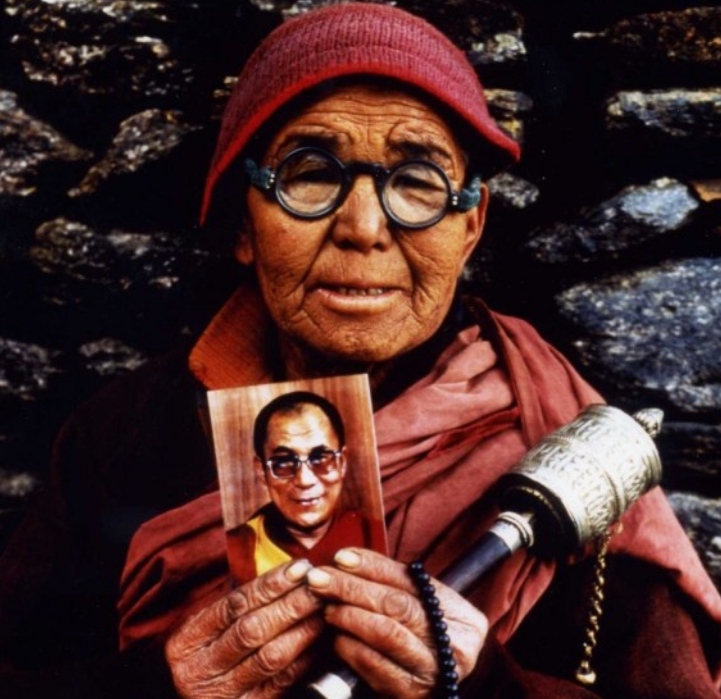
China’s argument:
The Dalai Lama is the latest in a line of “God King Dictators” – he is a politician in monk’s clothing whose agenda is to secure an independent Tibet which he can rule again. Global Tibet supporters – and some Tibetans inside Tibet – naively buy into lies created by the “Dalai Lama clique”.
The facts:
The Dalai Lama is respected by people the world over. In exile, he has devolved his political power to a democratic institution and is a consistent advocate of friendship with the Chinese people and dialogue with the Chinese government. He does not seek an independent Tibet but a “Middle Way” approach which seeks greater freedom for Tibetans without independence.
Much of the global support Tibet has today is thanks to the Dalai Lama’s popularity. Despite persecution, the Tibetan people inside Tibet remain dedicated to him.
Desperate to maintain its grip on Tibet, the Chinese government is intent on undermining the Dalai Lama’s credibility.
6. CHINA SAYS: FREE TIBET SUPPORTERS ARE ANTI-CHINA
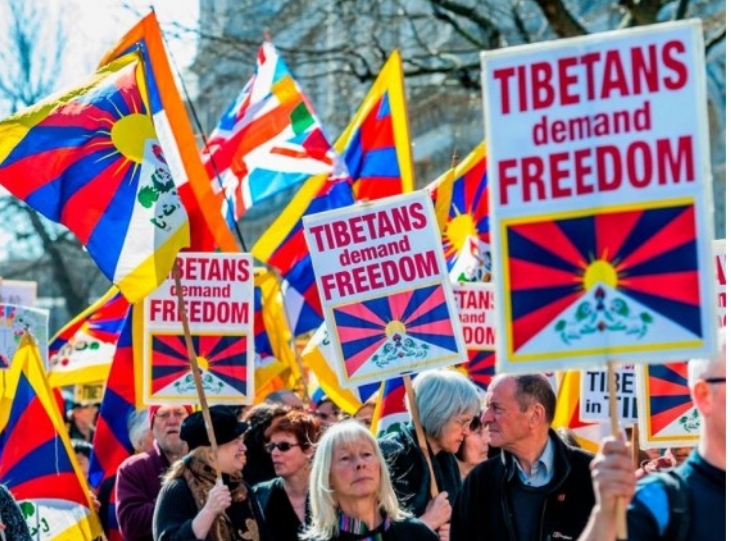
China’s argument:
The Free Tibet movement is supported by Western anti-China forces. Human rights are China’s internal affair and Westerners who have never been to Tibet have no right to speak against China’s policies.
The facts:
Free Tibet supporters have no argument with the Chinese people. They support Free Tibet because they see Tibetans as victims of the undemocratic Chinese government and see Tibetans’ unwavering struggle for freedom as a just cause.
Chinese people are also victims of the Chinese Communist Party’s rule and many also face severe punishments in resisting its policies. When they learn the truth beyond their government’s propaganda, many Chinese people also support Tibet.
At Free Tibet we share the stories of Tibetans who resist China’s rule and who are victims of China’s human rights abuses. These voices are hidden from the Chinese government’s official communications. We receive no support from any government or political organisation.
We expose the truth and many people around the world choose to support Tibetans.
CHINA IS DESPERATE TO SMOTHER THE TRUTH
The truth is not on China’s side, so it must continue to lie.
The Chinese government continues to spread its arguments on Tibet through official statements and propaganda, paid online commentators and even fake social media .
But Tibetans won’t give up until they have freedom.

